1. T. Nakazawa and et al, Advanced Type Stainless Steel 316FR for Fast Breeder Reactor Structures,
Journal of Materials Processing Technology. 143-144(20) (2003) 905ŌĆō909.
[CROSSREF] 2. K. Aoto, Remodeling of Coolant System Development of SUS316 FBR Grade and Its Application to ŌĆ£JOYOŌĆØ MK-III Intermediate Heat Exchanger, JNC Technical Review. 21(12) (2003) 63ŌĆō75. (in Japanese)
3. A. Maruyama and et al, Journal of the Atomic Energy Society of Japan, 26(4) (1984) 327ŌĆō338. (in Japanese)
[PMC] 4. T. Furukawa and et al, Effect of Sodium Environment on Creep and Fatigur Properties of FBR Grade Type 316 Stainless Steel, Journal of Society of Materials Science, Japan. 48(12) (1999) 1373ŌĆō1378. (in Japanese)
5. W. F. Savage and C. D. Lundin, Welding Journal. 44(10) (1965) 433sŌĆō442s.
6. J. C. Lippold and D. J. Kotecki. Welding Metallurgy and Weldability of Stainless Steels. A John Wiley & Sons; New York: (2005), p. 141ŌĆō229
7. S. Kou. Welding metallurgy. 2nd ed. A John Wiley & Sons; New York: (2003), p. 216ŌĆō242
8. V. M. Radhakrishnan, Hot Cracking in Austenitic Stainless Steel Weld Metal,
Science and Technology of Welding and Joining. 5(1) (2000) 40ŌĆō44.
[CROSSREF] 9. Y. Arata and et al, Varestrant Test for Solidification Cracking Susceptibility in Weld Metal of Austenitic Stainless Steel, Transactions of JWRI. 3(1) (1974) 79ŌĆō88.
10. F. Matsuda and et al, Fractographic Investigation on Solidification Crack in the Varestraint Test of Fully Austenitic Stainless Steel, Transactions of JWRI. 7(1) (1978) 59ŌĆō70.
11. F. Matsuda and et al, The VDR Cracking Test for Solidification Crack Susceptibility on Weld Metals and Its Application to Aluminium Alloys, Transactions of JWRI. 8(1) (1979) 85ŌĆō95.
12. T. Ogawa and E. Tsunetomi, Hot Cracking Susceptibility of Austenitic Stainless Steels, Welding Journal. 61(3) (1982) 82sŌĆō93s.
13. J. C. Lippold and W. F. Savage, Solidification of Austenitic Stainless Steel Weldments (Part 3)-The Effect of Solidification Behavior on Hot Cracking Susceptibility-, Welding Journal. 61(12) (1982) 388sŌĆō396s.
14. F. Matsuda and et al, Quantitative Evaluation of Solidification Brittleness of Weld Metal during Solidification by means of In-situ Observation and Measurement (Report 1)-Development of the MISO Technique, Transactions of JWRI. 12(1) (1983) 65ŌĆō72.
15. F. Matsuda and et al, Solidification Crack Susceptibility in Laser Beam Weld Metal of 0.2C Low Alloy Steels-Effect of Bead Configuration and S and P Contents,
Transactions of JWRI. 16(2) (1987) 103ŌĆō114.
[CROSSREF] 16. J. C. Lippold, Solidification Behavior and Cracking Susceptibility of Pulsed-laser Welds in Austenitic Stainless Steel, Welding Journal. 73(6) (1994) 129sŌĆō139s.
17. S. Katayama, Solidification Phenomena of Weld Metals-Solidification Cracking Mechanism and Cracking Susceptibility (3rd Report),
Welding International. 15(8) (2001) 627ŌĆō636.
[CROSSREF] 18. K. Saida and et al, Contribution of Phosphorus and Sulfur on Hot Cracking Susceptibility of Extra-high-purity-25Cr-35Ni Stainless Steels, Welding Journal. 92(11) (2013) 322sŌĆō331s.
19. K. Saida and et al, Quantitative Influence of Minor and Impurity Elements of Solidification Cracking Susceptibility of Extra High Purity Type 310 Stainless Steel,
Science and Technology of Welding and Joining. 18(7) (2013) 616ŌĆō623.
[CROSSREF] 20. E. J. Chun and et al, Solidification Cracking Behavior in Austenitic Stainless Steel Laser Welds (Part 1)-Evaluation of Solidification Cracking Susceptibility by Laser Beam Welding Varestraint Test,
J. of Welding and Joining. 34(5) (2016) 54ŌĆō60. (in Korean)
[CROSSREF] 21. E. J. Chun and et al, Solidification Cracking Behavior in Austenitic Stainless Steel Laser Welds (Part 2)-Effects of ╬┤-ferrite Crystallization and Solidification Segregation Behavior on Solidification Cracking Susceptibility,
J. of Welding and Joining. 34(5) (2016) 61ŌĆō69. (in Korean)
[CROSSREF] 22. H. Inoue and et al, Solidification and Transformation Behavior of Austenitic Stainless Steel Weld Metals Solidified as Primary Austenite-Study of Solidification and Subsequent Transformation of Cr-Ni Stainless Steel Weld Metals (1st Report),
Welding International. 11(11) (1997) 876ŌĆō887.
[CROSSREF] 23. H. Inoue and et al, Solidification and Transformation Behavior of Austenitic Stainless Steel Weld Metals Solidified as Primary Ferrite-Study of Solidification and Subsequent Transformation of Cr-Ni Stainless Steel Weld Metals (2nd Report)-,
Welding International. 11(12) (1997) 937ŌĆō949.
[CROSSREF] 24. T. Hashimoto and et al, Metallurgical Evaluation for Residual Stress Measurement Accuracy of Multi-Pass Girth Welded Pipe Joint in Austenitic Stainless Steel by X-Ray Diffraction,
Journal of the Japan Society for Testing Materials. 60(7) (2011) 610ŌĆō616. (in Japanese)
[CROSSREF] 25. J. Huang and et al, Assessment of Thermochemical Data of Ternary Na-Fe Oxides and Calculation of Na-Fe-O Phase Diagram, JNC TN9400 2002-006. (2002) (in Japanese)
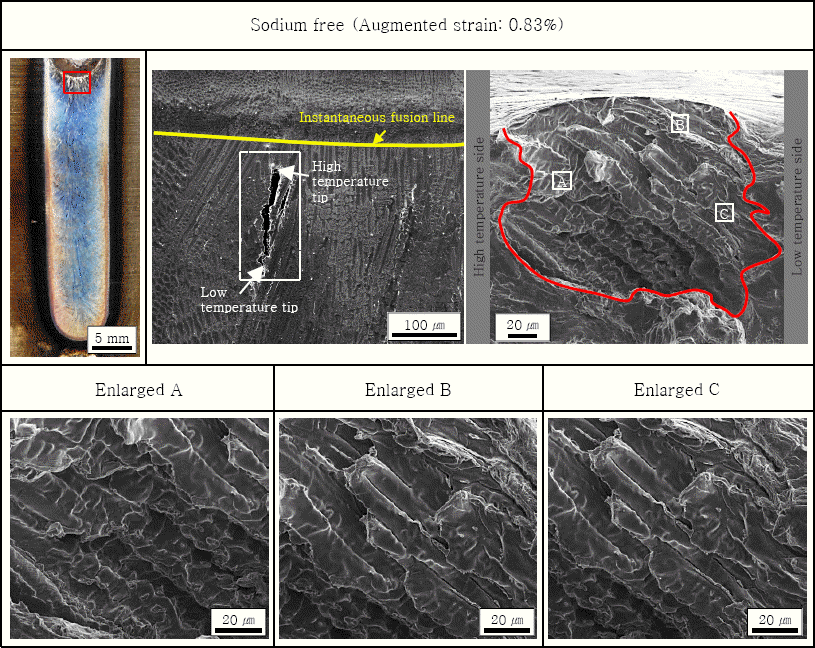

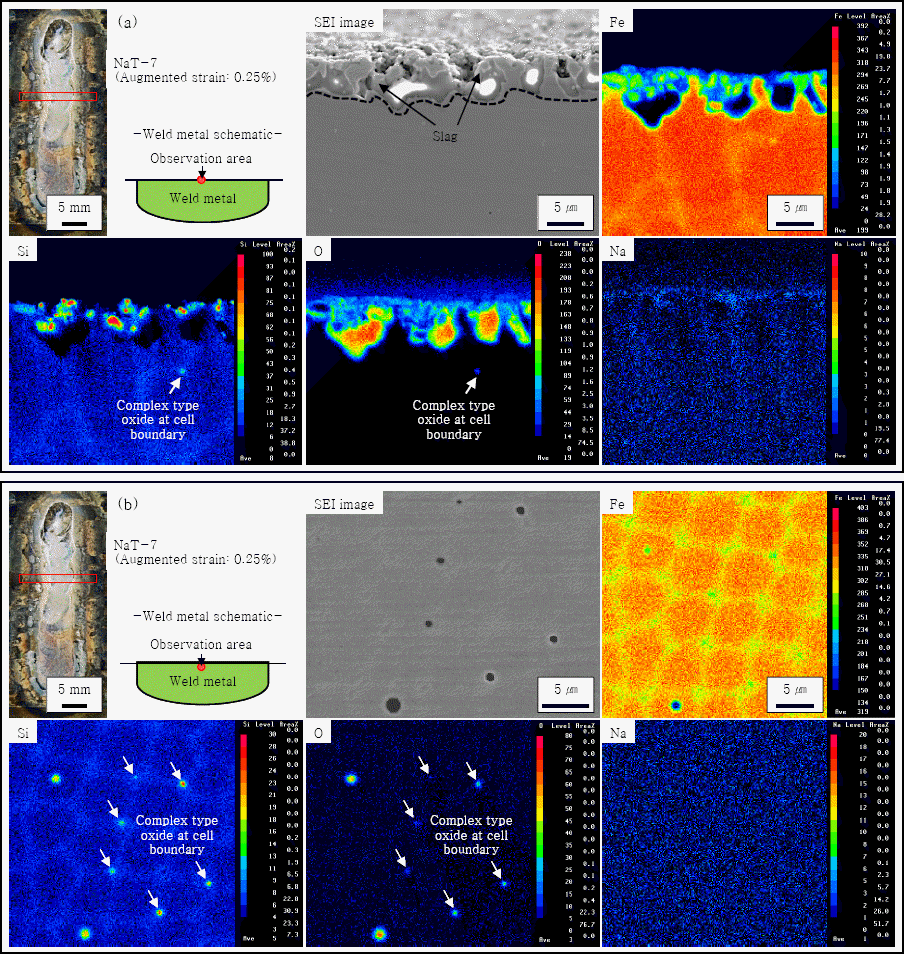




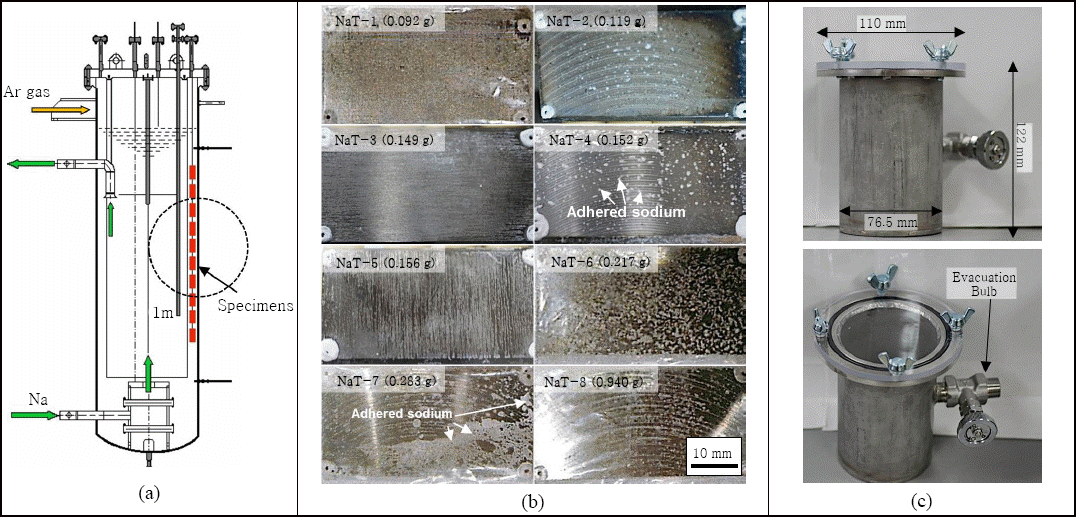
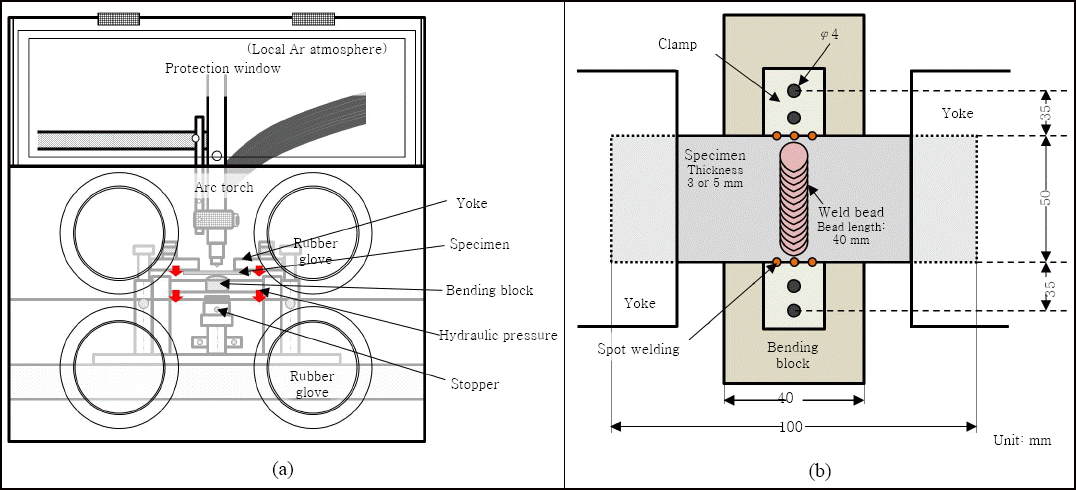
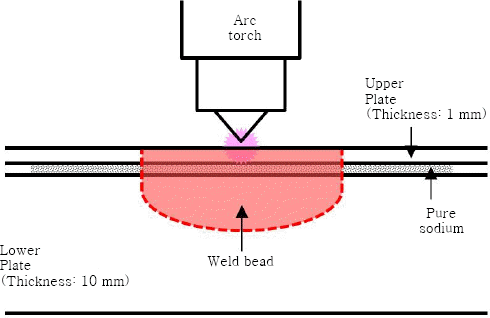

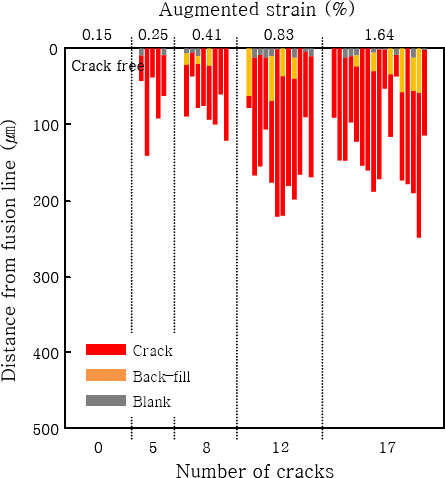
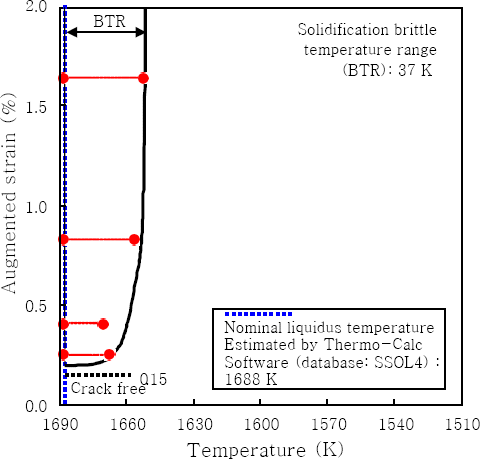
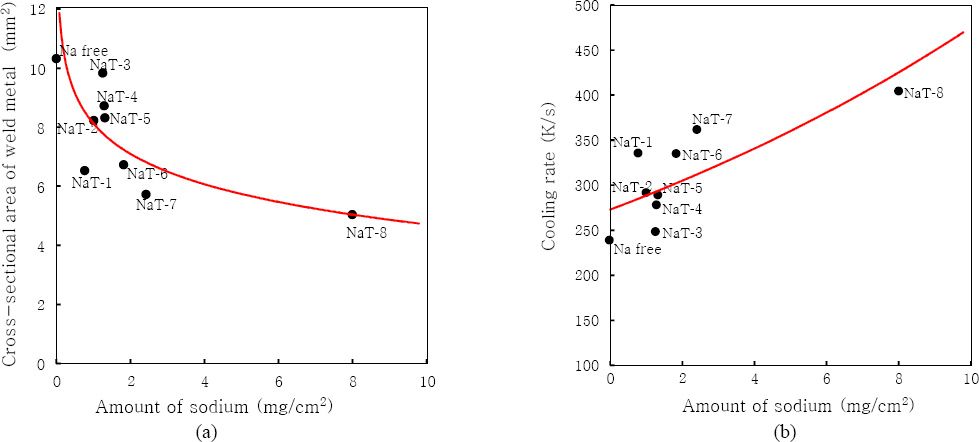


 PDF Links
PDF Links PubReader
PubReader ePub Link
ePub Link Full text via DOI
Full text via DOI Download Citation
Download Citation Print
Print



